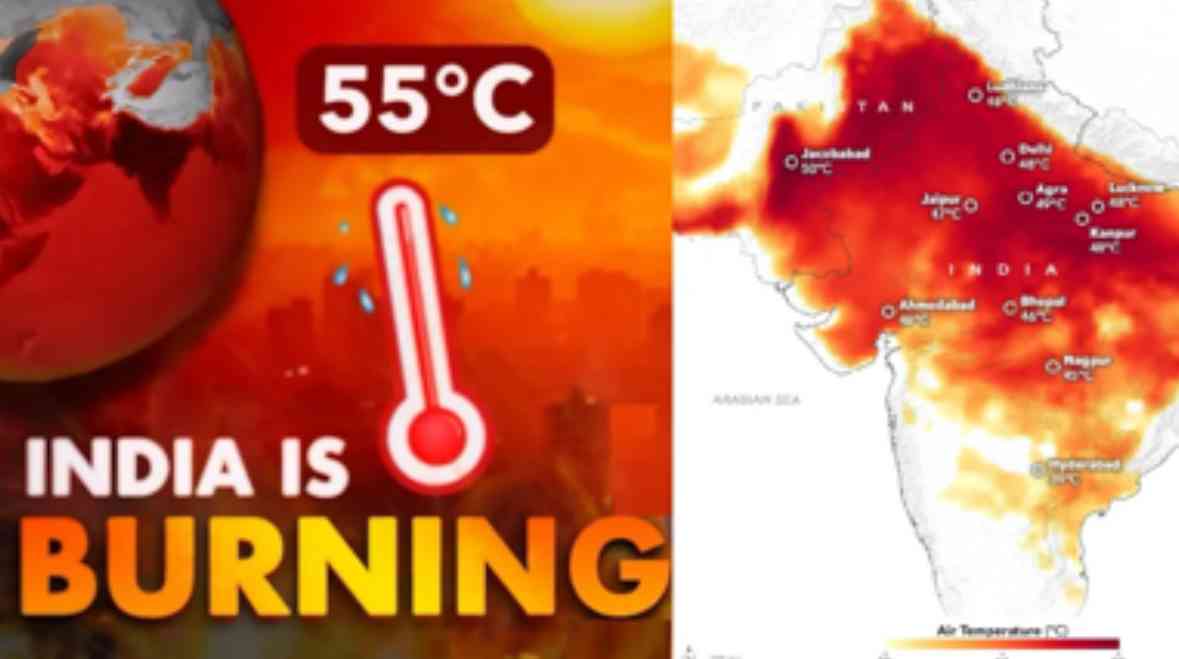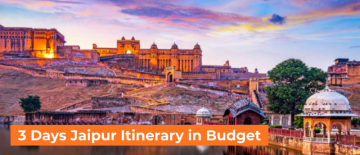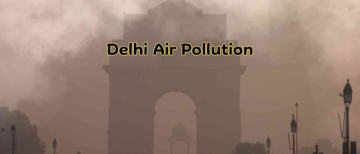India is known for having a wide range of scenery and climates. However, the effects of climate change have made the country face problems it has never had before in recent years. The terrible weather of 2024 is a sad reminder of this.
A Summary of the Heatwave of 2024
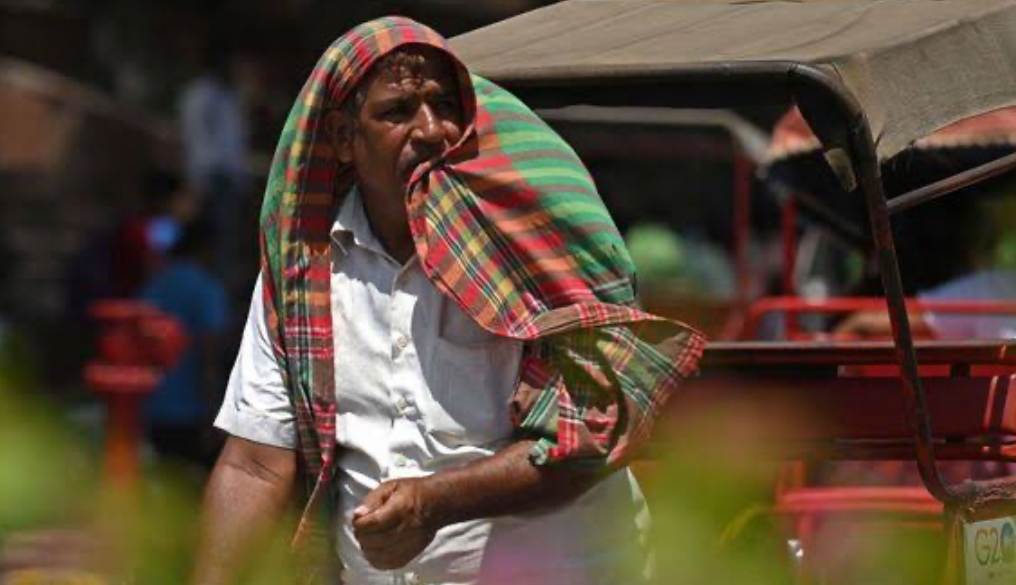
Conditions and recent temperature records
In North India, summer 2024 saw one of the worst heatwaves in recorded history. In many places, including Rajasthan, Uttar Pradesh, and Delhi, temperatures rose above 50 °C (122 °F). Weeks of persistently high temperatures left millions of people in terrible situations.
- Rajasthan: Temperatures reported in Phalodi and Barmer peaked at 52 °C, above human tolerance.
- Uttar Pradesh: Temperatures in Allahabad and Varanasi were around 49 °C, which led to widespread misery and medical issues.
- Delhi: The capital city's record high of 48.5°C forced the closure of schools, outdoor work, and even some transport services.
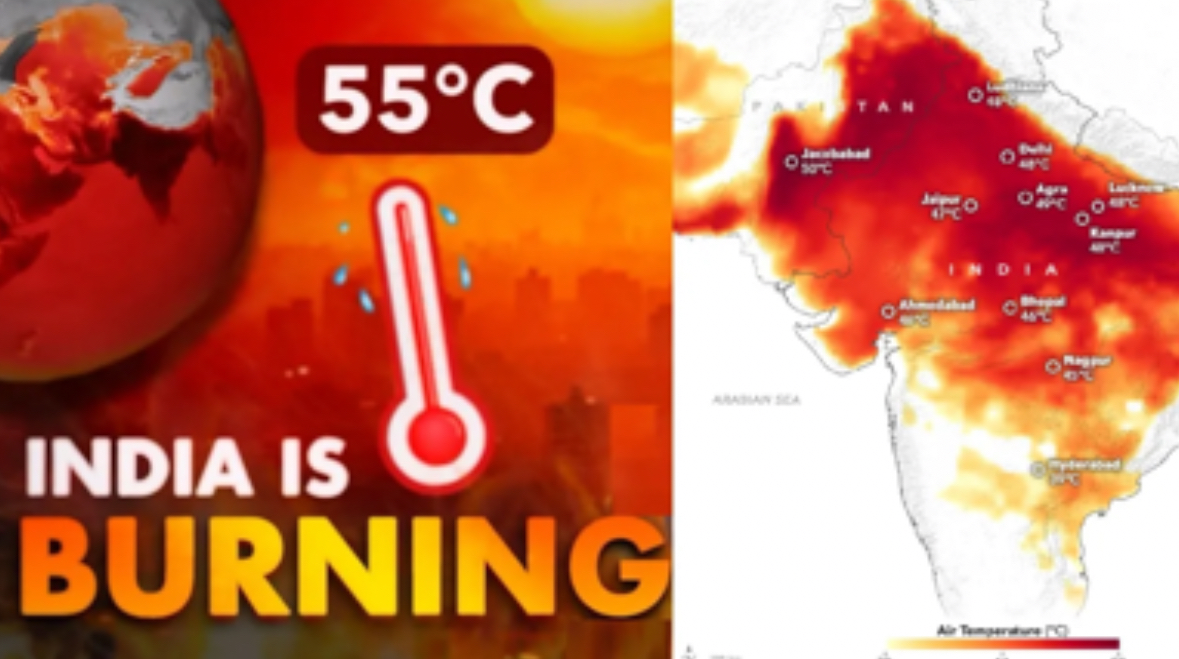
The unrelenting heatwave taxed the area's infrastructure, water supplies, and agricultural systems in addition to testing the human population's fortitude.
Causes of the 2024 Heatwave
Warming of the Earth and Climate Change
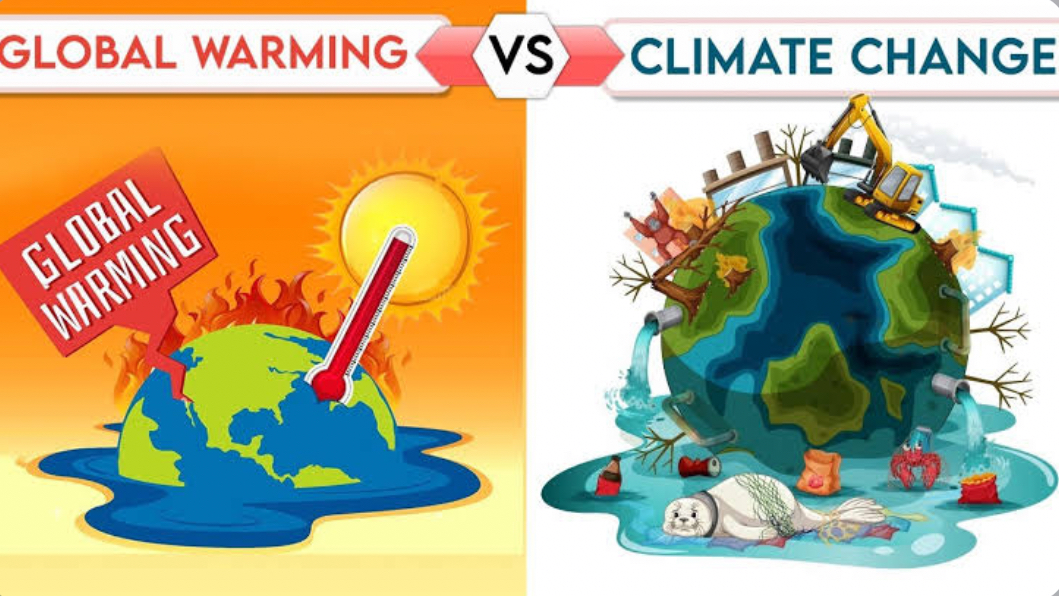
Human activities like fossil fuel burning, deforestation, and industrial pollutants contribute to long-term global warming, leading to a heatwave. The Intergovernmental Panel on Climate Change predicts a 1.5°C to 2°C rise above pre-industrial levels by mid-century if current trends continue.
local Aspects
Several regional factors exacerbated the heatwave in North India.
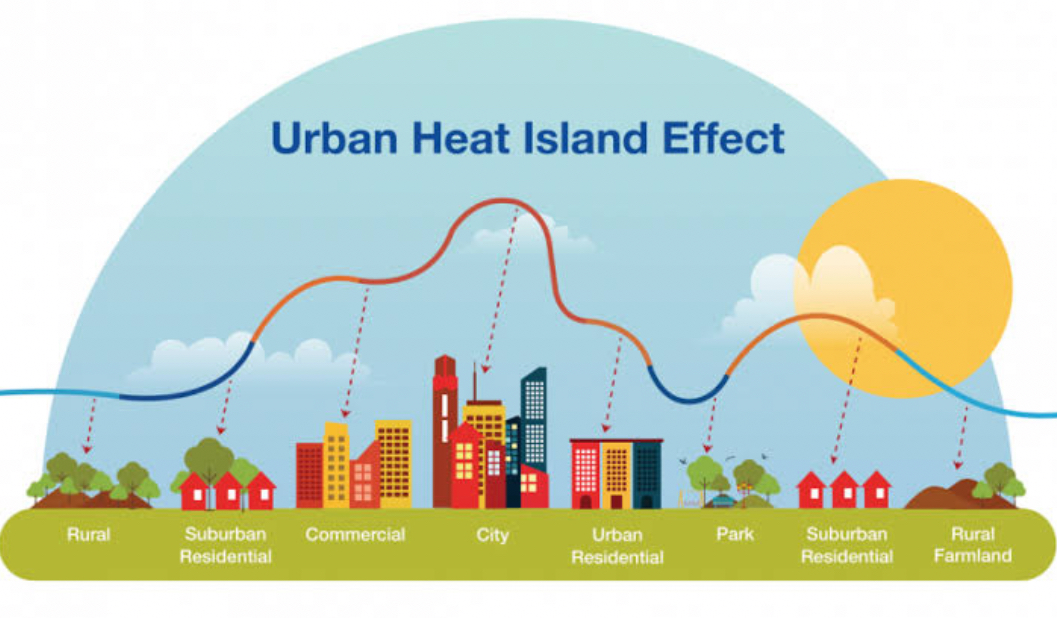
• Urban heat island effect: Cities like Delhi experience increased heat due to faster temperature rises in urban areas.
• Deforestation and land use changes: These factors reduce the natural cooling effects of forests and wetlands, contributing to higher temperatures.
• Monsoon variability: decreased natural cooling due to delayed and insufficient rainfall in many regions.
Impacts of the Heatwave
Human Health
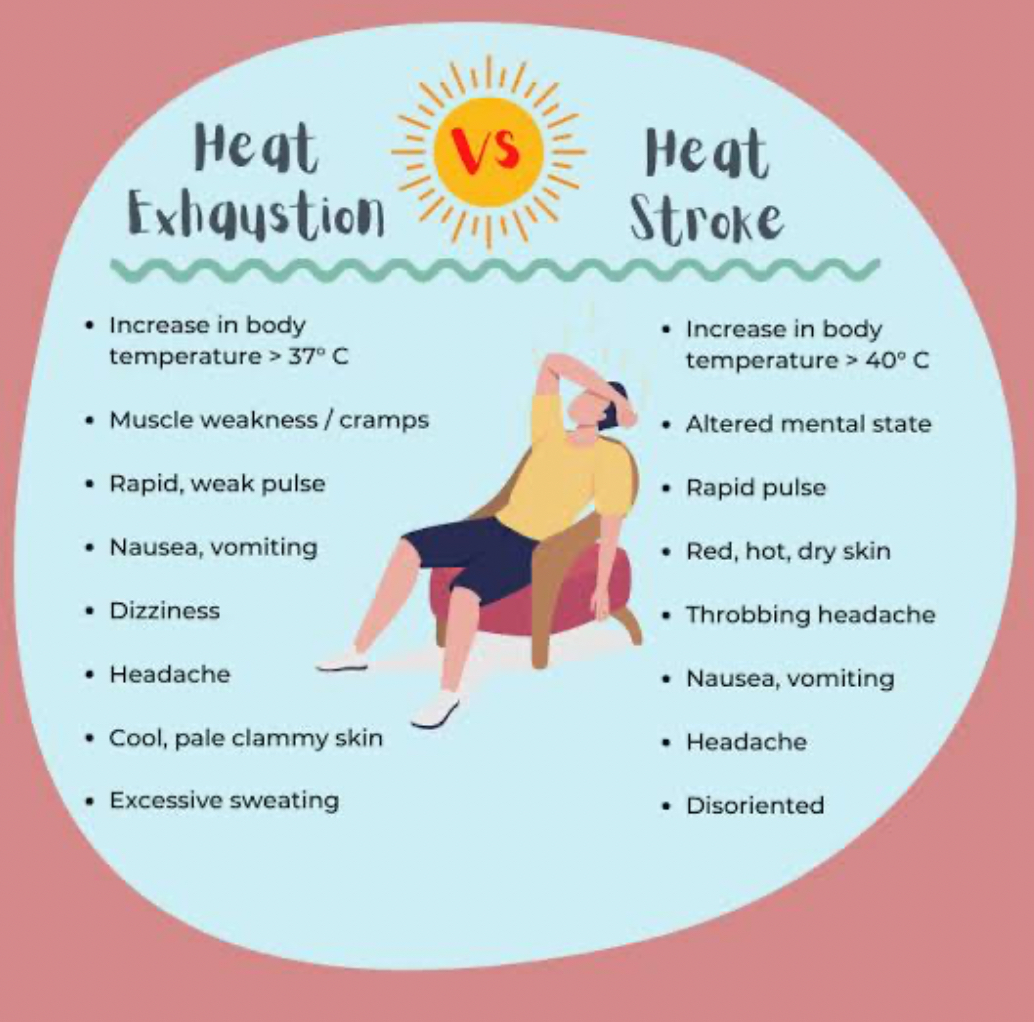
The heatwave has significant health consequences, including
- Heatstroke and Dehydration: Hospitals received thousands of patients exhibiting signs of both heatstroke and severe dehydration. Specially vulnerable groups were the elderly, children, and outdoor workers.
- Mortality: The heatwave significantly increased death rates; the high temperatures were reportedly directly responsible for hundreds of deaths.
- Mental Health: Extended exposure to high temperatures also had an impact on mental health, raising stress, anxiety, and depression levels in the general population.
Livelihood and agriculture
Agriculture, which has suffered greatly, employs the majority of India's workforce.
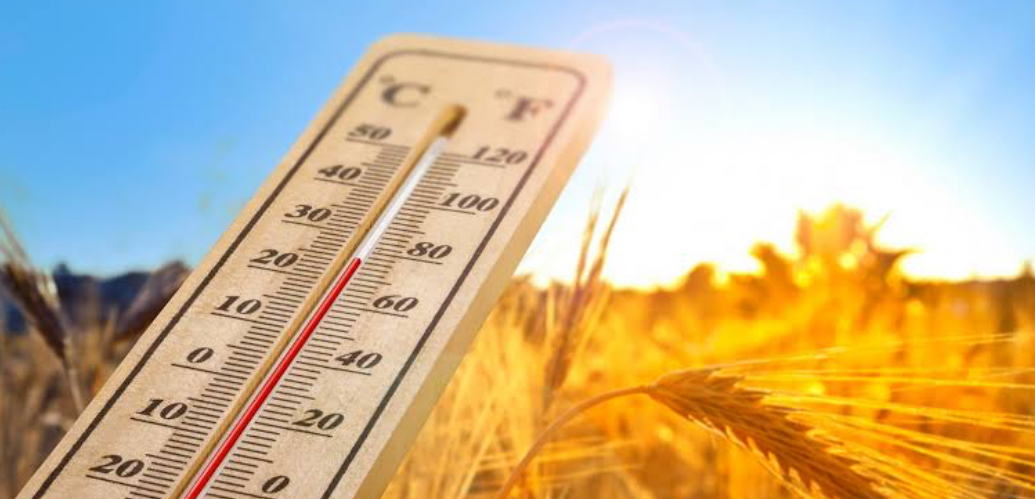
- Crop Failure: High temperatures and water shortages caused widespread crop failures, particularly in staple crops like wheat, rice, and pulses.
- Animal Mortality: The intense heat also raised animal mortality rates, affecting many rural communities' means of subsistence.
- Economic Losses: Taken together, these effects caused significant economic losses that made poverty and inequality in the area worse.
Infrastructure and energy
The heatwave also placed a strain on energy supplies and infrastructure.
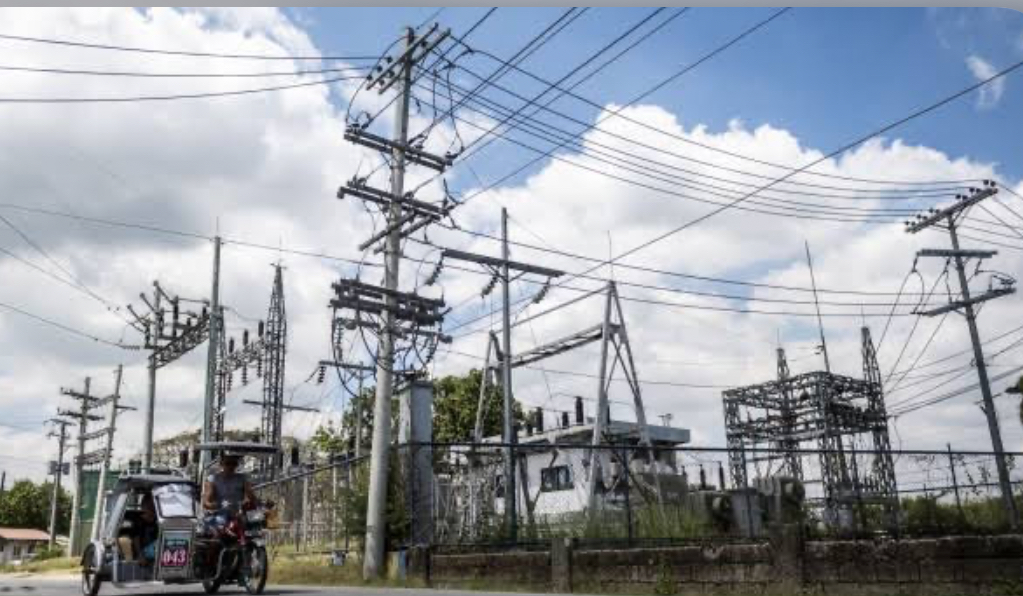
- Power Outages: In many places, the rising demand for electricity—mainly for cooling and air conditioning—led to regular blackouts.
- Water Shortages: The intense heat made water shortages worse, with several areas experiencing serious drought.
- Transport Disruptions: High temperatures caused buckling and other heat-related damage to railways and roadways.
Possible fixes and reaction plans
Quick Answers
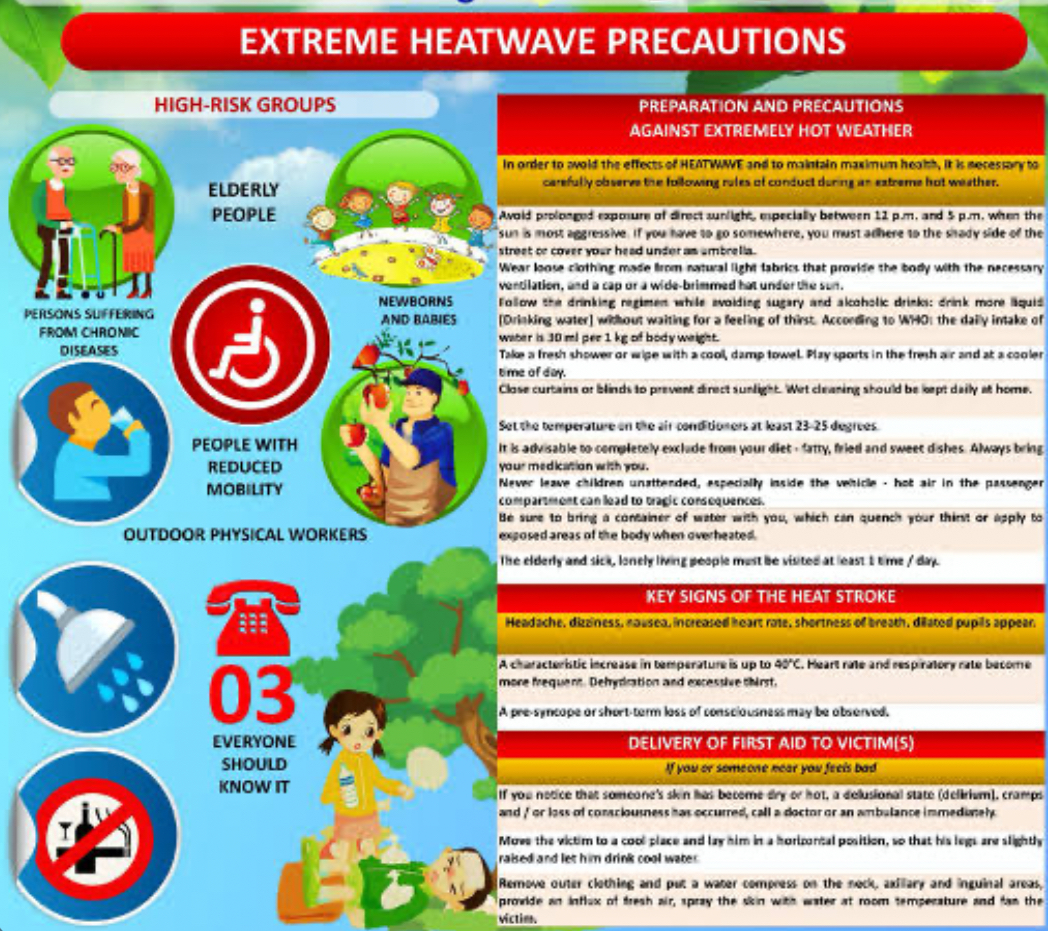
There were a number of quick fixes taken in reaction to the heatwave:
- Public Awareness Programmes: Governments and non-governmental organizations started awareness programs to inform people about staying safe in excessive heat, including drinking enough water, looking for shade, and identifying the warning symptoms of heat-related illnesses.
- Cooling Centres: To provide some respite for those without air conditioning, cities set up temporary cooling centres.
- Water Distribution: The goal was to get water to the impacted areas, particularly the rural areas, which were severely short on supplies.
Long-Term Approaches
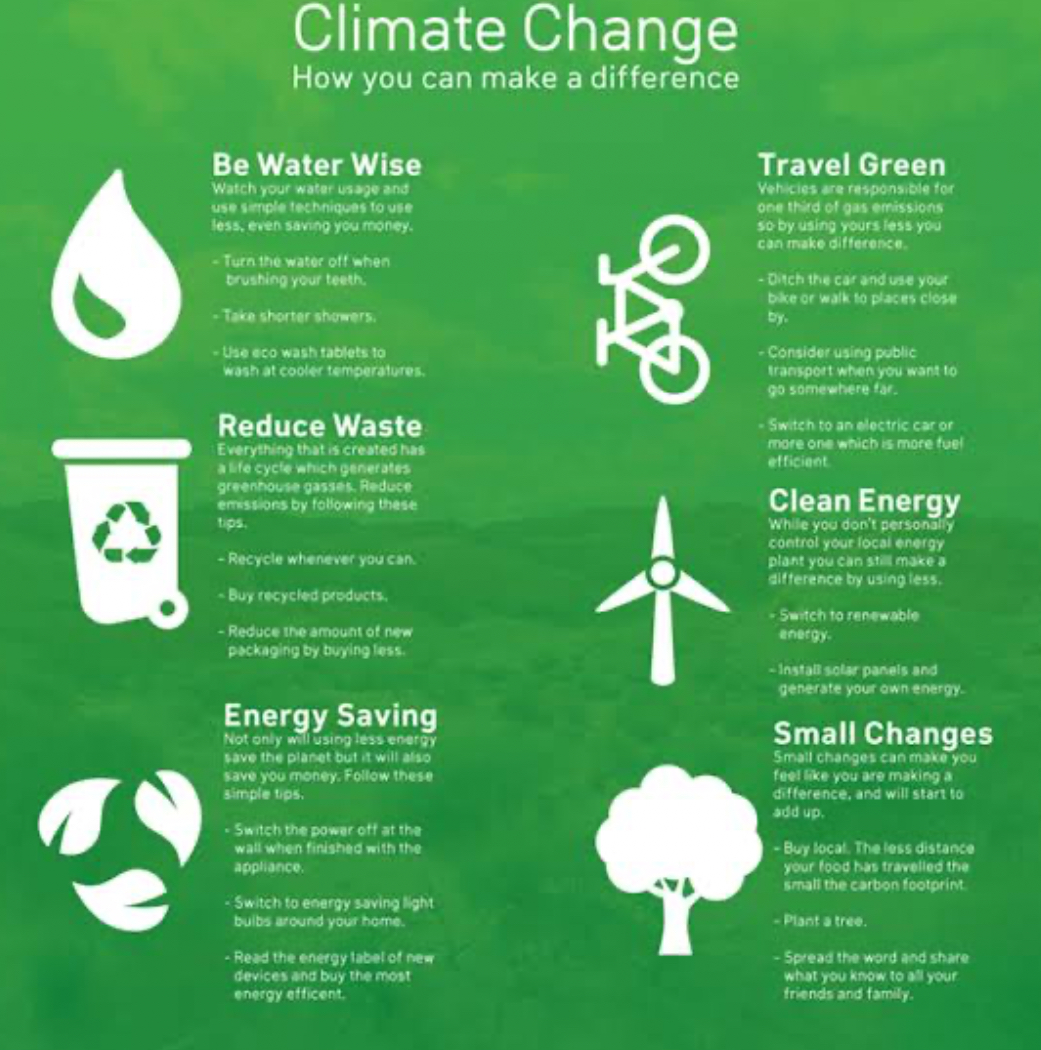
To lessen the long-term effects of climate change and stop future heatwaves, a multidimensional strategy will be required.
- Renewable Energy Transition: Switching to solar, wind, and hydroelectric electricity can lower greenhouse gas emissions and slow down global warming.
- Large-scale efforts: at afforestation and reforestation can improve carbon sequestration and, by increasing green cover, provide natural cooling.
- Sustainable urban planning: which includes creating green areas, using reflective materials in buildings, and enhancing ventilation, can lessen the impact of urban heat islands.
- Water Management: Restoring wetlands, effective irrigation, and rainwater collection are just a few of the ways that better water management techniques can increase water availability and drought resistance.
- Climate-Resilient Agriculture: Encouraging water-efficient farming methods and drought-resistant crop varieties can help maintain food supplies during severe weather.
International Cooperation
Climate change needs concerted international action.
- Climate Agreements: It is imperative to strengthen international climate agreements, such as the Paris Agreement, and ensure that nations commit to and meet their emission reduction targets.
- Technology Transfer: Facilitating the transfer of climate-resilient and clean energy technologies from industrialised to developing nations can increase the world's ability to combat climate change.
- Financial Support: By helping developing nations finance climate adaptation and mitigation initiatives, one can close the resource and need gap.
Ending
The record-breaking heatwave in North India in 2024 serves as a stark reminder of the urgent need to address climate change. Even if quick fixes can help, long-term plans and international collaboration are necessary to lessen the effects of global warming and prevent extreme weather in the future. By acting decisively now, we can still prevent the worst of climate change and create a more resilient and sustainable future for all.
Image Source: Multiple Agencies
Inputs from Agencies
© Copyright 2024. All Rights Reserved Powered by Vygr Media.

